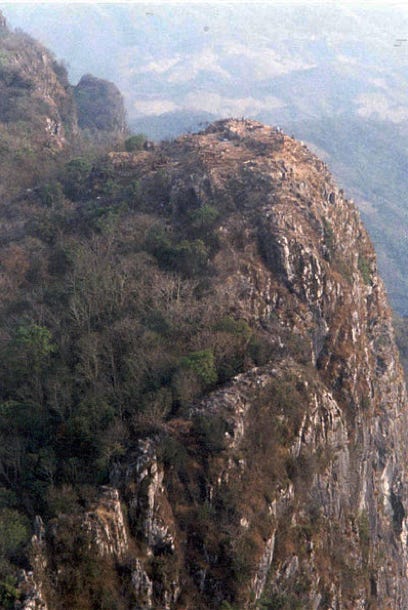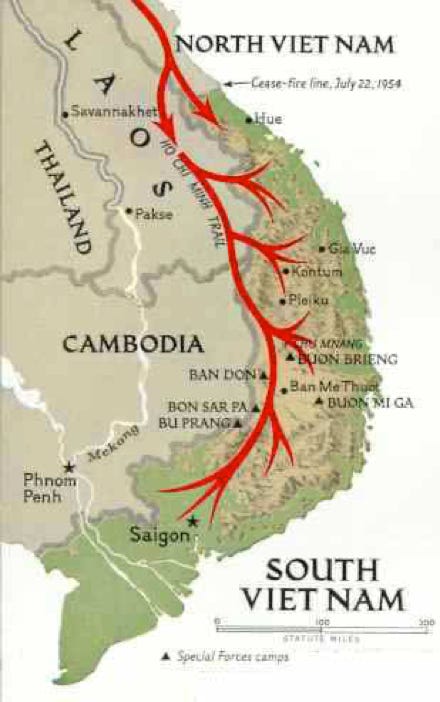DUTY, HONOR, COURAGE, RESILIANCE
Talking Proud: Service & Sacrifice

Lima Site 85, Laos: Exceptional Courage Against Impossible Odds
Introduction
After French Indochina fell in 1954, Vietnam and Laos were left vulnerable to internal communist insurgencies and external muscle.
The communists in North Vietnam (NVN) held the cards. They allied with Viet Cong (VC) insurgents in the Republic of Vietnam (RVN) and Pathet Lao insurgents in the Kingdom of Laos and engaged in land wars in both countries. Its objectives were to unify Vietnam under communism and establish Laos as a communist state.
The US strategy was to contain the spread of Communism. It gradually engaged in the land war in RVN to maintain that government. It covertly engaged in the land war in Laos to protect the Royal Laotian Government (RLG), hoping at least to preserve its neutrality.
The American-Indochina War was complex. The US decision to conduct an air bombing campaign over NVN directly affected LS-85. Furthermore, the NVA’s decision to vigorously support the Pathet Lao’s drive to overthrow the RLG impacted LS-85 as well.
The US and NVN treated the war in Vietnam as the number one priority. Dealing with the instability in Laos was secondary but pivotal nonetheless.
The North Vietnamese Army (NVA) held all the cards. Its land war against the RVN was fought in the RVN, not in the NVN, creating a long logistics trail. The NVA had to supply the VC and its forces in the RVN. Doing so by sea or across the demilitarized zone would not suffice. The NVA, therefore, built a network of logistics trails through Laos and Cambodia into the RVN known as the Ho Chi Minh Trail.
The NVA knew it had to protect this network of trails. It gave that job a high priority.
The NVA sent its forces into Laos to create buffer zones westward from the trails and protect them.
The RLG understood its Royal Laotian Army (RLA) and Air Force (RLAF) could not match the NVA’s incursions into Laos. Its focus was on protecting its population centers and preserving its rule. Coalition governance, including the Pathet Lao, did not work, and the Pathet Lao soon gave up trying to make it work. It resorted to continuous civil war supported and often led by the NVA.
The US had its hands full. Starting in 1965, it spiraled into a land war in the RVN while seeking to protect the RLG. It sent ground, air, and naval forces to the RVN, but it would not send ground forces into Laos. Instead, it built an indigenous ethnic Hmong Army in Laos to fight against the NVA and protect the royal and administrative capitals in northeastern Laos. The US tasked the CIA to develop and direct this Hmong Army.
Even though the US decided to engage in a land war in the RVN, its policymakers and military leadership felt they could persuade the NVN to back away from its war in the RVN by bombing strategic targets in the NVN.
The net result of this evolution was the establishment of a tactical air navigation system (TACAN) and radar bombing guidance system (TSQ-81) at the CIA base, LS-85, at Phou Pha Thi Mountain in the northeastern Houaphanh Province of Laos.
Go to next chapter: CIA Base Lima 85
Click to zoom graphic-photo


